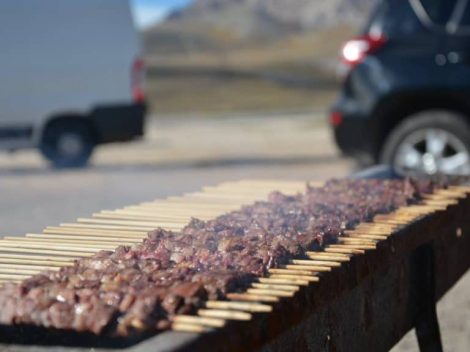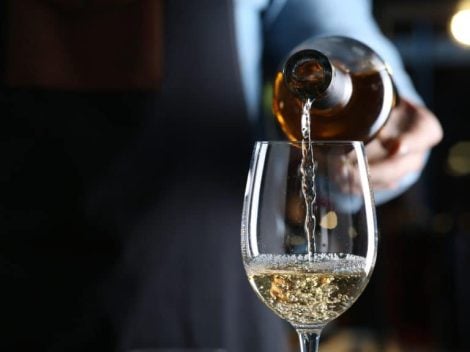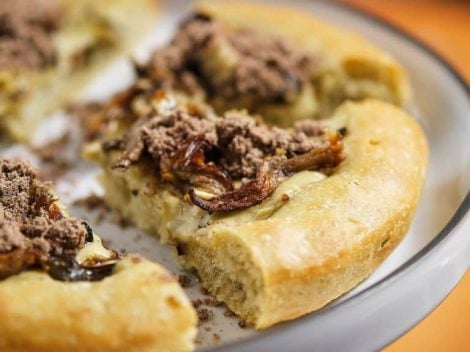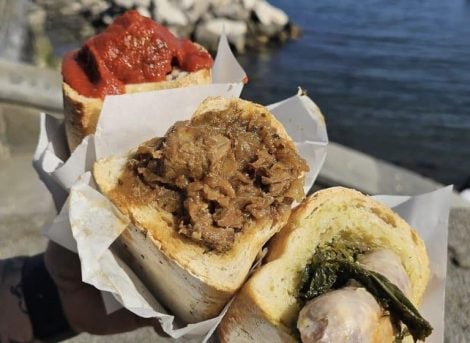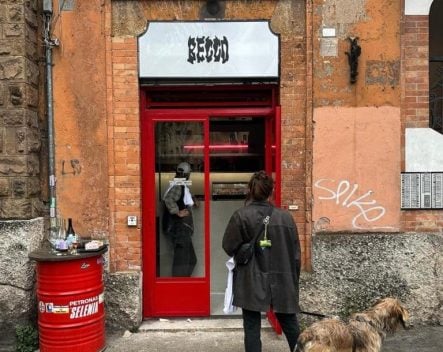When discussing the birth of Champagne, the first mental association often made is with the abbot Dom Pérignon. However, too little is said about the woman who contributed to the creation of the "modern" classic method: Barbe-Nicole Ponsardin, better known as the widow Clicquot. The list of things attributed to her is long: the first table de remuage, the first rosé Champagne for blending, the first vintage Champagne, and the conquest of the Russian market despite Napoleon's embargo.
A revolutionary story
Madame Clicquot took over the reins of the company at just 27 years old after her husband's death. However, her life was far from easy.
We're talking about approximately two centuries ago when being able to read and write was already a revolutionary act for a woman. So, at a very young age and with a daughter in tow, she first had to convince her father-in-law to let her take command and not sell the shares to eager neighbors, including a certain Moët, earning their animosity. Then, she tried to circumvent Napoleon's rules that prohibited a woman from running a winery, even facing a trial for dishonorable conduct.
Her entrepreneurial and personal story has also become a movie – "Widow Clicquot" by Thomas Napper – premiered at the last Rome Film Festival but not yet released in theaters.
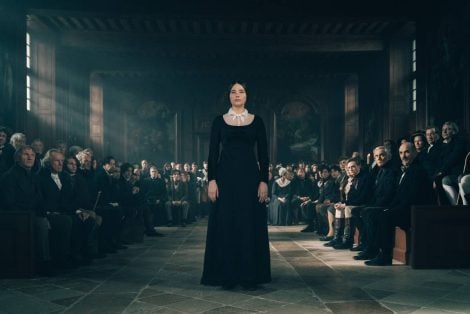
A scene from the movie "Widow Clicquot" by Thomas Napper.
The invention of modern Champagne
Among Madame Clicquot's most surprising inventions is the table de remuage: the method still used today, including in Italy, which, through precise manual rotation of each bottle of bubbles, allows it to transition from a horizontal to an upside-down vertical position. This way, the deposit, due to refermentation and aging on the lees, descends into the bottle neck, making it easier to remove along with the temporary cork.
The system allowed Widow Clicquot to clarify Champagne and achieve greater success than her competitors in the market. But even in egalitarian France, certain things were not forgiven, especially if done by a woman. Hence the trial that the Grand Dame had to endure with even very personal accusations, linked to her gender and her decision to enter into a relationship despite being a widow. Which, when you think about it, is a contradiction in terms. But so be it.
The invention of Rosé Champagne for blending
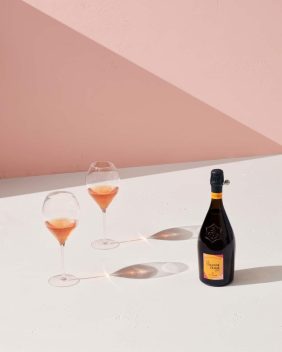
To tell the widow's story on a production level, her wines still do the job today. Or rather, those that Maison Veuve Clicquot continues to produce following her insights. One, in particular, stands out: the Grande Dame Rosé.
"The latest vintage - the 2015 - represents the essence of Madame Clicquot: the perfect expression of her strength, energy, creativity, and above all, her love for Pinot Noir," says the chef de cave of Maison Didier Mariotti, revealing how the widow "challenged conventional methods by blending red wine from the beloved Parcelle de Clos Colin with her white wines." An intuition that initially earned her criticism from other producers and today gives her the title of the creator of the first Rosé Champagne for blending in history.
"Before Madame Clicquot's pioneering innovation," Mariotti continues, "the pink hue of other Rosé Champagnes was a "rosé de teinte," obtained through an infusion of white wine, elderflower, and black grapes. Madame Clicquot, who loved colors, was drawn to that pink but was determined to find an alternative method to achieve the same hue without compromising the quality of her Champagne. This is how the idea of blending her red wine from Bouzy with white wines was born. The result was a true revelation." Just like her entire life.
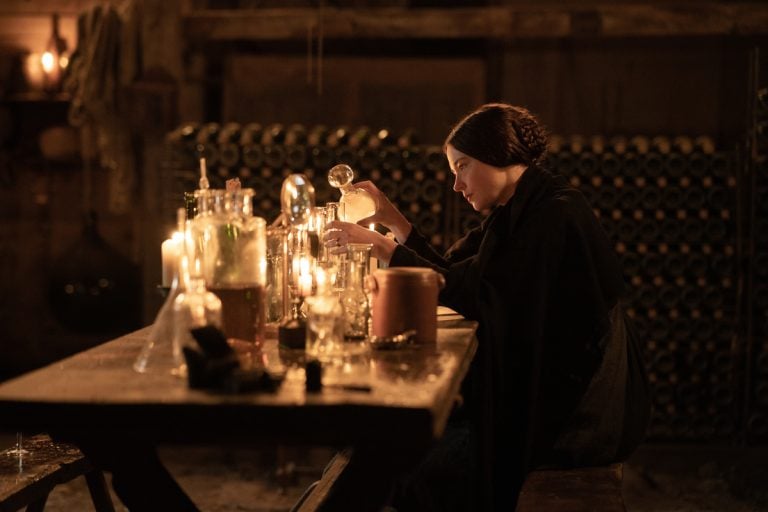
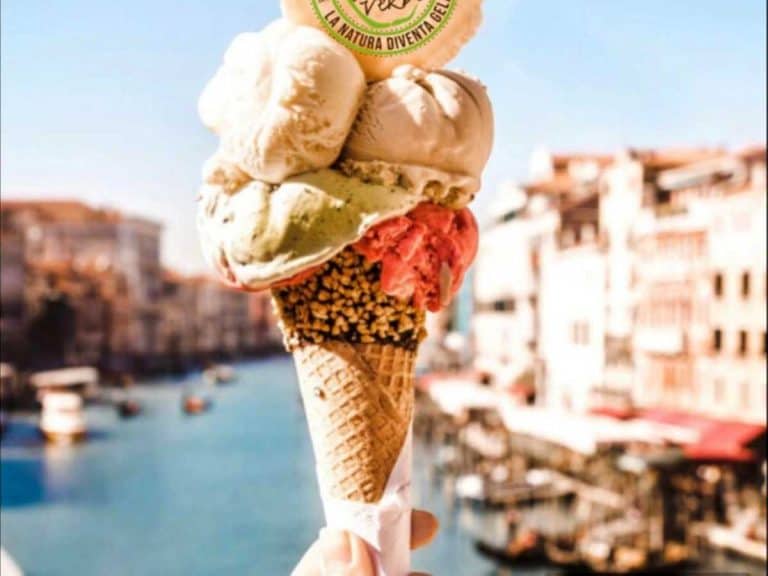 The best gelaterias in Venice chosen by Gambero Rosso
The best gelaterias in Venice chosen by Gambero Rosso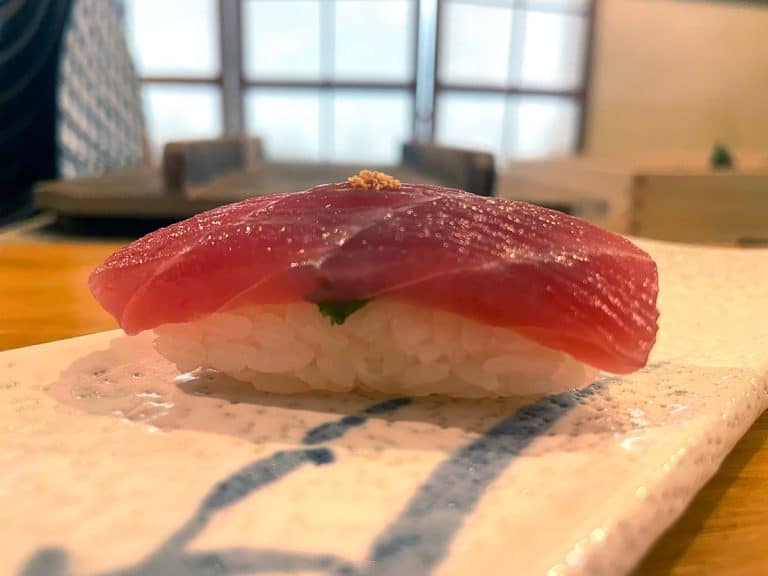 The small Japanese restaurant on the outskirts of Rome, perennially sold out
The small Japanese restaurant on the outskirts of Rome, perennially sold out "Enough with copying Champagne. Italy should work on its own identity." Unfiltered interview with Cyril Brun, new winemaker at Ferrari
"Enough with copying Champagne. Italy should work on its own identity." Unfiltered interview with Cyril Brun, new winemaker at Ferrari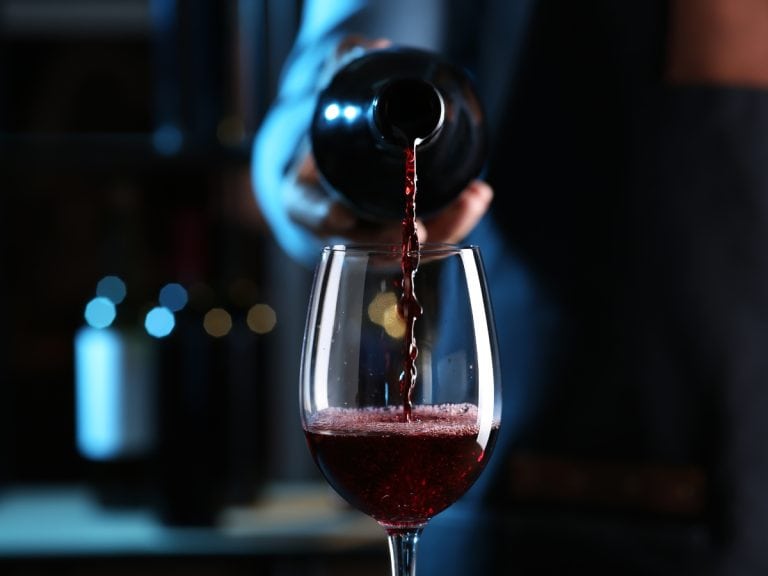 "Do you like cold red wine? Nobody will judge you, but be careful about the type
"Do you like cold red wine? Nobody will judge you, but be careful about the type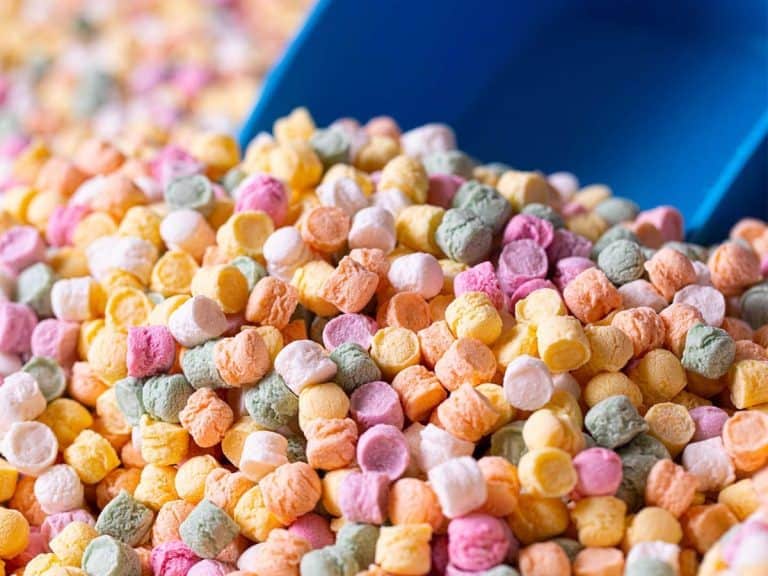 From the small confectionery in Alba to the woman who revolutionized sweets. The story of Pastiglie Leone
From the small confectionery in Alba to the woman who revolutionized sweets. The story of Pastiglie Leone
